Recently, the government has introduced new guidelines for solid waste management in coastal aquaculture units to promote sustainable practices in the aquaculture sector.
| Must Read | |
| NCERT Notes For UPSC | UPSC Daily Current Affairs |
| UPSC Blogs | UPSC Daily Editorials |
| Daily Current Affairs Quiz | Daily Main Answer Writing |
| UPSC Mains Previous Year Papers | UPSC Test Series 2024 |
The Centre has notified Fact Check Unit (FCU) under the Press Information Bureau (PIB) to flag misinformation about Central government departments to social media platforms.
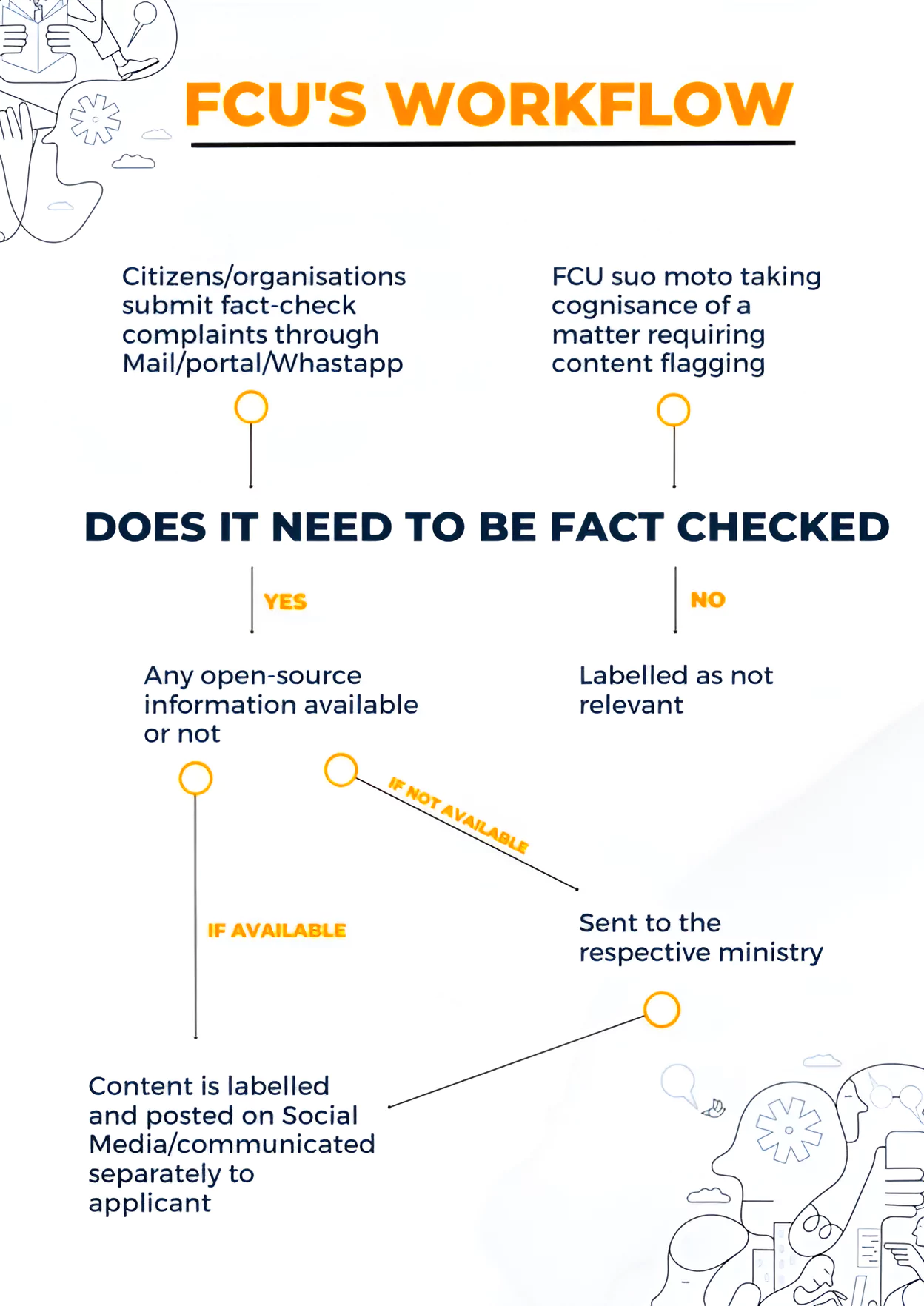
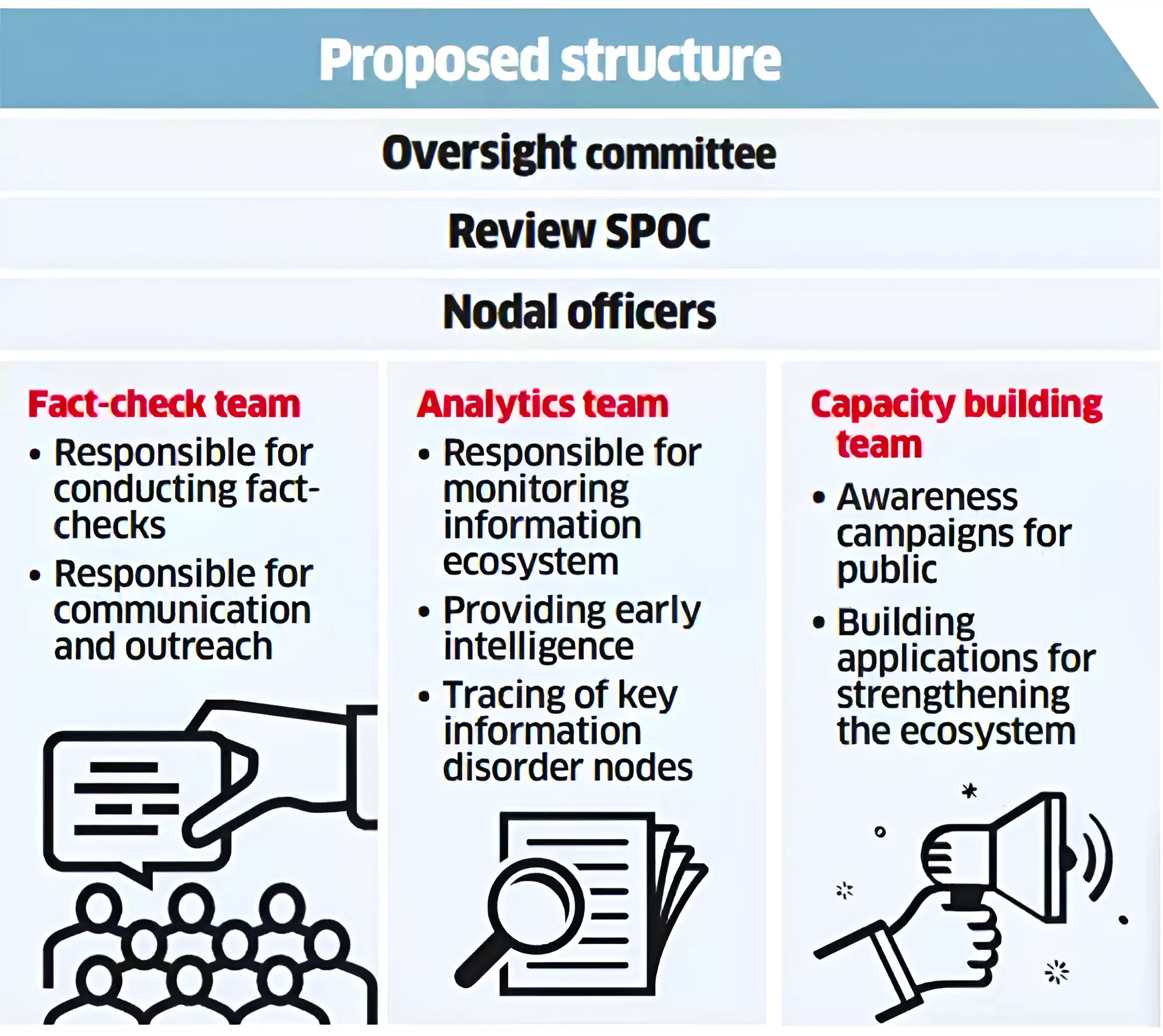
| Must Read | |
| NCERT Notes For UPSC | UPSC Daily Current Affairs |
| UPSC Blogs | UPSC Daily Editorials |
| Daily Current Affairs Quiz | Daily Main Answer Writing |
| UPSC Mains Previous Year Papers | UPSC Test Series 2024 |
According to a report titled as “Billionaire Raj” published by the World Inequality Lab (WIL), India’s top 1% will have the greatest income and wealth shares in history in 2022-23, at 22.6% and 40.1%, respectively.
About World Inequality Lab
|
|---|
Probable Reasons for Sharp rise in top 1 Percent Income Shares
|
|---|
| Must Read | |
| NCERT Notes For UPSC | UPSC Daily Current Affairs |
| UPSC Blogs | UPSC Daily Editorials |
| Daily Current Affairs Quiz | Daily Main Answer Writing |
| UPSC Mains Previous Year Papers | UPSC Test Series 2024 |
Recently, the Indian Prime Minister held a telephonic conversation with the President of Russia and President of Ukraine. He was Invited to the Upcoming Global Peace Summit in Switzerland.
Ukraine 10 Point Peace Plan
|
|---|
| Must Read | |
| NCERT Notes For UPSC | UPSC Daily Current Affairs |
| UPSC Blogs | UPSC Daily Editorials |
| Daily Current Affairs Quiz | Daily Main Answer Writing |
| UPSC Mains Previous Year Papers | UPSC Test Series 2024 |
A recent study ‘Enabling a Circular Economy in India’s Solar Industry – Assessing the Solar Waste Quantum’ has been conducted by the Ministry of New and Renewable Energy.
Pros of Addressing Solar Waste
|
Challenges in Addressing Solar Waste
|
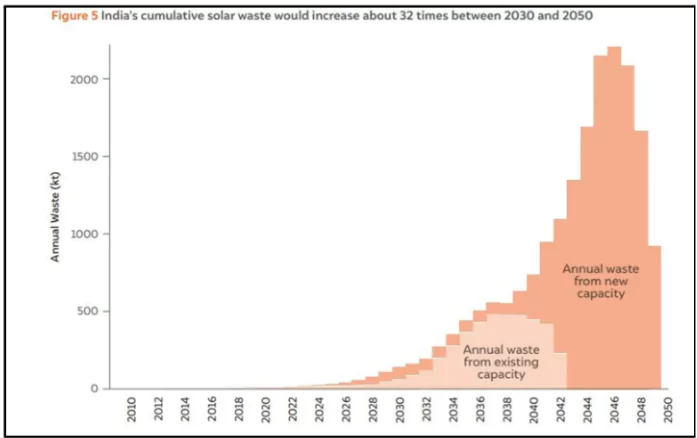 2030 Waste Projection: This waste is projected to increase significantly to 340 kilotonnes by 2030.
2030 Waste Projection: This waste is projected to increase significantly to 340 kilotonnes by 2030.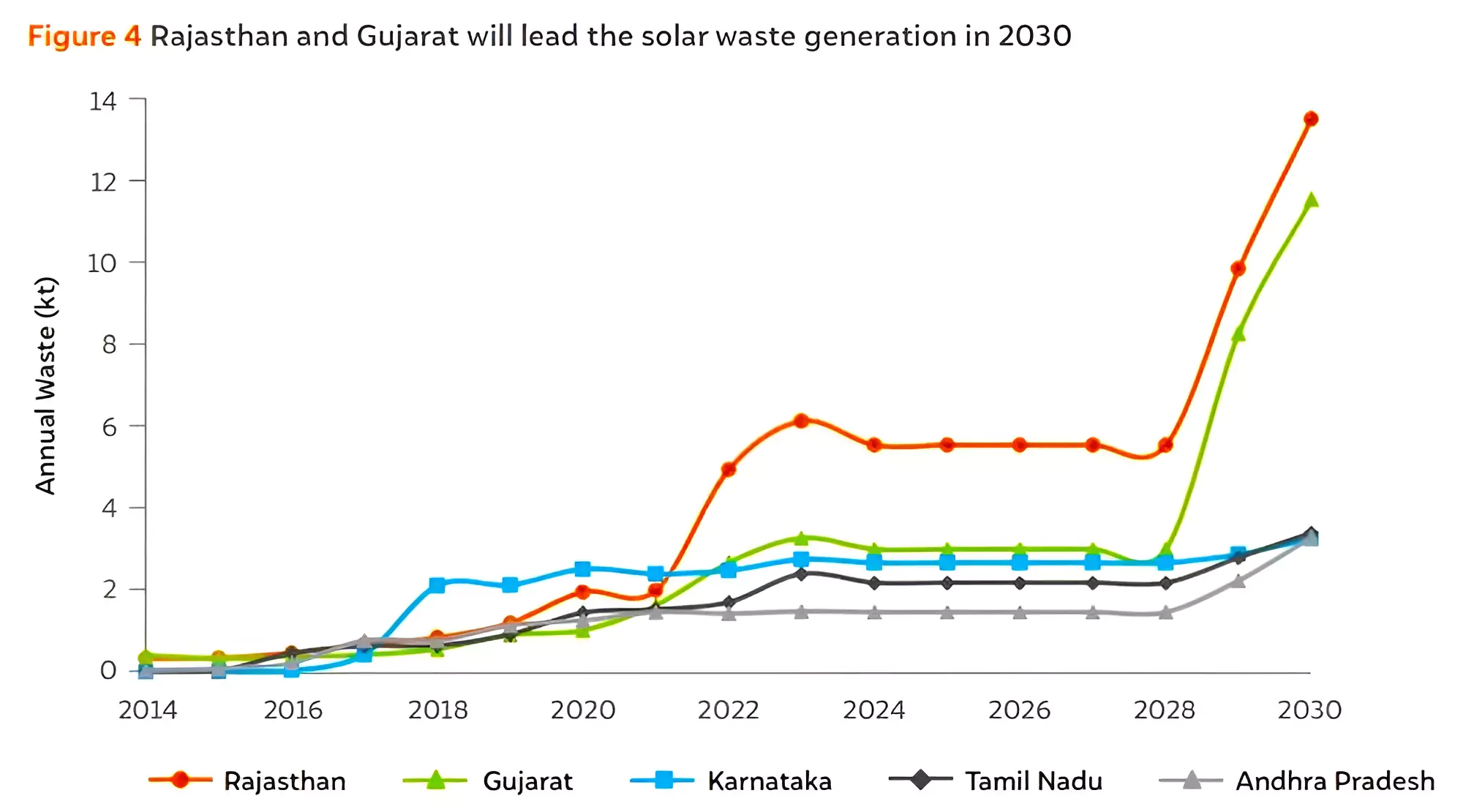
| Must Read | |
| NCERT Notes For UPSC | UPSC Daily Current Affairs |
| UPSC Blogs | UPSC Daily Editorials |
| Daily Current Affairs Quiz | Daily Main Answer Writing |
| UPSC Mains Previous Year Papers | UPSC Test Series 2024 |
The Central Drugs Standard Control Organisation (CDSCO) has mandated that manufacturers of medical devices and in-vitro devices submit their safety reports online.
Central Drugs Standard Control Organisation (CDSCO)
|
|---|
| Must Read | |
| NCERT Notes For UPSC | UPSC Daily Current Affairs |
| UPSC Blogs | UPSC Daily Editorials |
| Daily Current Affairs Quiz | Daily Main Answer Writing |
| UPSC Mains Previous Year Papers | UPSC Test Series 2024 |
Chennai’s space start-up launched its first rocket Agnibaan Sub Orbital Technology Demonstrator (SOrTeD) from the Satish Dhawan Space Centre, on 22 March.
 Semi-Cryogenic Engine: It is a single-stage launch vehicle demonstration that will be powered by a semi-cryogenic engine, the Agnilet.
Semi-Cryogenic Engine: It is a single-stage launch vehicle demonstration that will be powered by a semi-cryogenic engine, the Agnilet.
| Must Read | |
| NCERT Notes For UPSC | UPSC Daily Current Affairs |
| UPSC Blogs | UPSC Daily Editorials |
| Daily Current Affairs Quiz | Daily Main Answer Writing |
| UPSC Mains Previous Year Papers | UPSC Test Series 2024 |
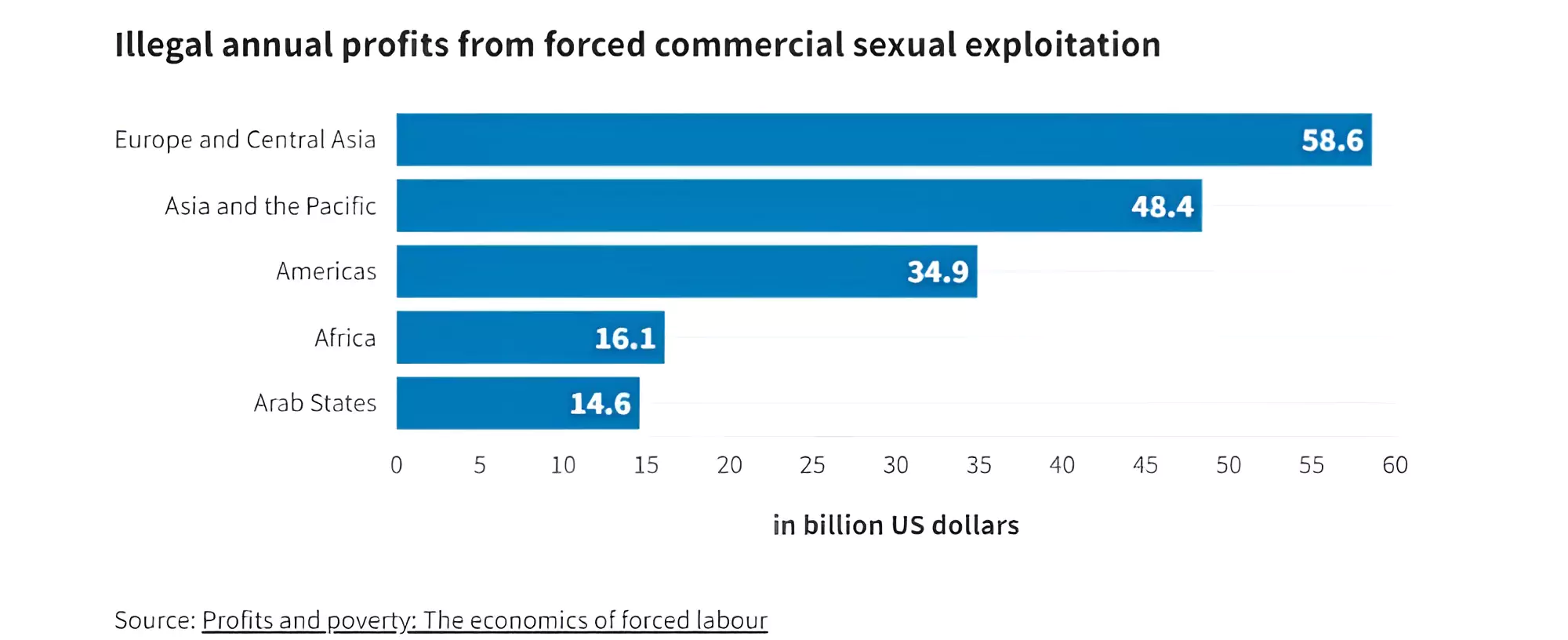
According to a research paper, titled ‘Profits and Poverty: The Economics of Forced Labour’, released by the International Labour Organisation (ILO), forced labor earns illegal earnings of $36 billion each year.
About International Labour Organization (ILO)
|
|---|
| Must Read | |
| NCERT Notes For UPSC | UPSC Daily Current Affairs |
| UPSC Blogs | UPSC Daily Editorials |
| Daily Current Affairs Quiz | Daily Main Answer Writing |
| UPSC Mains Previous Year Papers | UPSC Test Series 2024 |
“Ae Watan Mere Watan,” movie was released recently based on the biography of Usha Mehta.
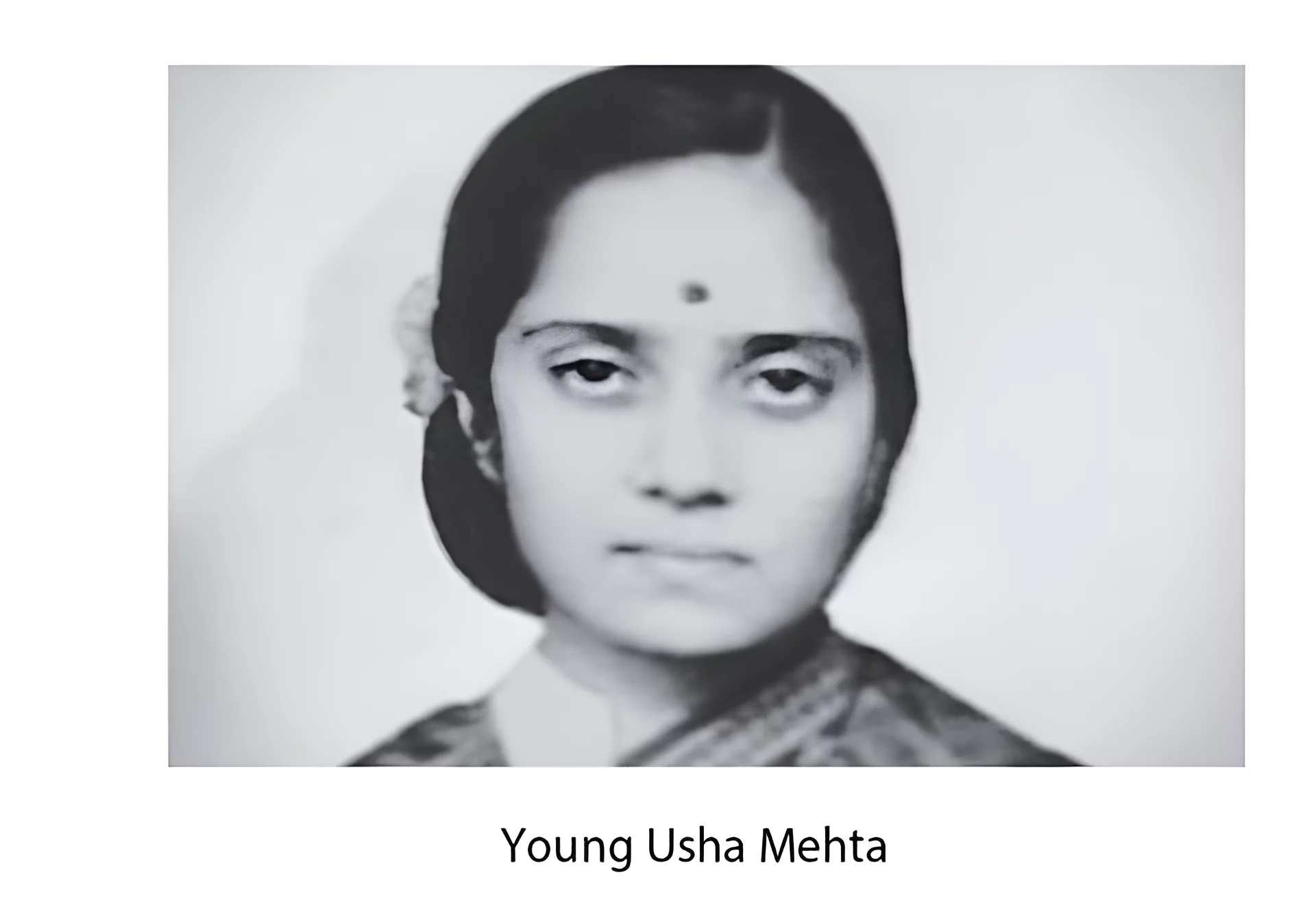
| Must Read | |
| NCERT Notes For UPSC | UPSC Daily Current Affairs |
| UPSC Blogs | UPSC Daily Editorials |
| Daily Current Affairs Quiz | Daily Main Answer Writing |
| UPSC Mains Previous Year Papers | UPSC Test Series 2024 |
Recently, the United Nations Sustainable Development Solutions Network released the World Happiness Report 2024 which ranks countries on the basis of happiness.
| Relevancy for Prelims: International Monetary Fund, India’s Economy Transition, Food Security, Unemployment In India, Poverty In India, India’s Social Inequality, GDP And GVA Growth Rates, Viksit Bharat @2047 and Top 10 Largest Economies in the World 2023 And Their GDP.
Relevancy for Mains: World Happiness Report 2024: Major Highlights, and India’s Rank. |
|---|
About International Happiness Day
About Sustainable Development Solutions Network (SDSN):
|
|---|
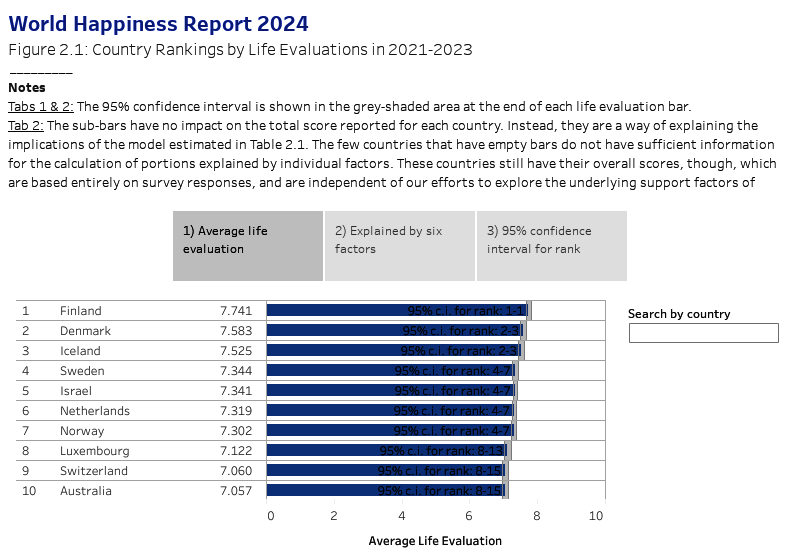
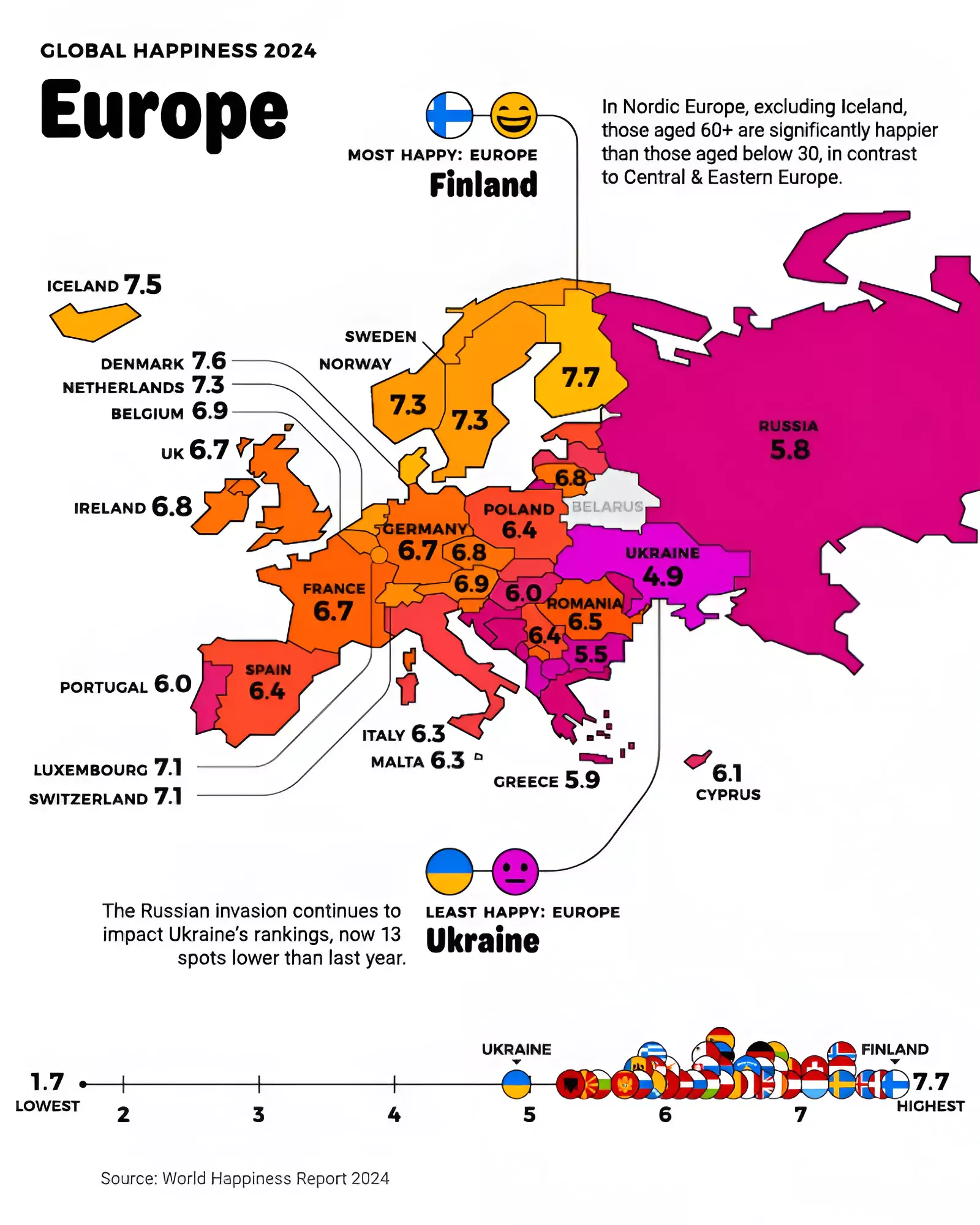
|
|---|
Finland’s Actions Towards Top on the Happiness:
|
|---|
|
|---|
As rightly observed by the Dalai Lama, “the purpose of our lives is to be happy”, there is an urgent need to address all those issues which hamper happiness. India also needs to work upon in this direction by adopting the practices of Finland that help it to be on the top list and countering the challenges where India is lacking in this list. India needs to establish a Ministry of Happiness with academicians, economists, psychologists and social thinkers to map the road to happiness forever.
| Prelims PYQ (2018):
Increase is absolute and per capital real GNP do not connote a higher level of economic development, if (a) industrial output fails to keep pace with agricultural output. (b) agricultural output fails to keep pace with industrial output. (c) poverty and unemployment increase. (d) imports grow faster than exports. Ans: (c) |
|---|
| Must Read | |
| NCERT Notes For UPSC | UPSC Daily Current Affairs |
| UPSC Blogs | UPSC Daily Editorials |
| Daily Current Affairs Quiz | Daily Main Answer Writing |
| UPSC Mains Previous Year Papers | UPSC Test Series 2024 |
The National Family Health Survey (NFHS-5) presents a concerning picture of the pervasive violence against women in India, highlighting its intersection with mental health conditions and homelessness.
| Relevancy for Prelims: Violence Against Women In India, Women Safety In India, Status Of Women In India, and NCRB Report 2022 On Crime In India.
Relevancy for Mains: Violence Against Women in India/World: Current Status, Causes, Consequences, Initiatives, and Way Forward. |
|---|
About the National Family Health Survey (NFHS)
|
|---|
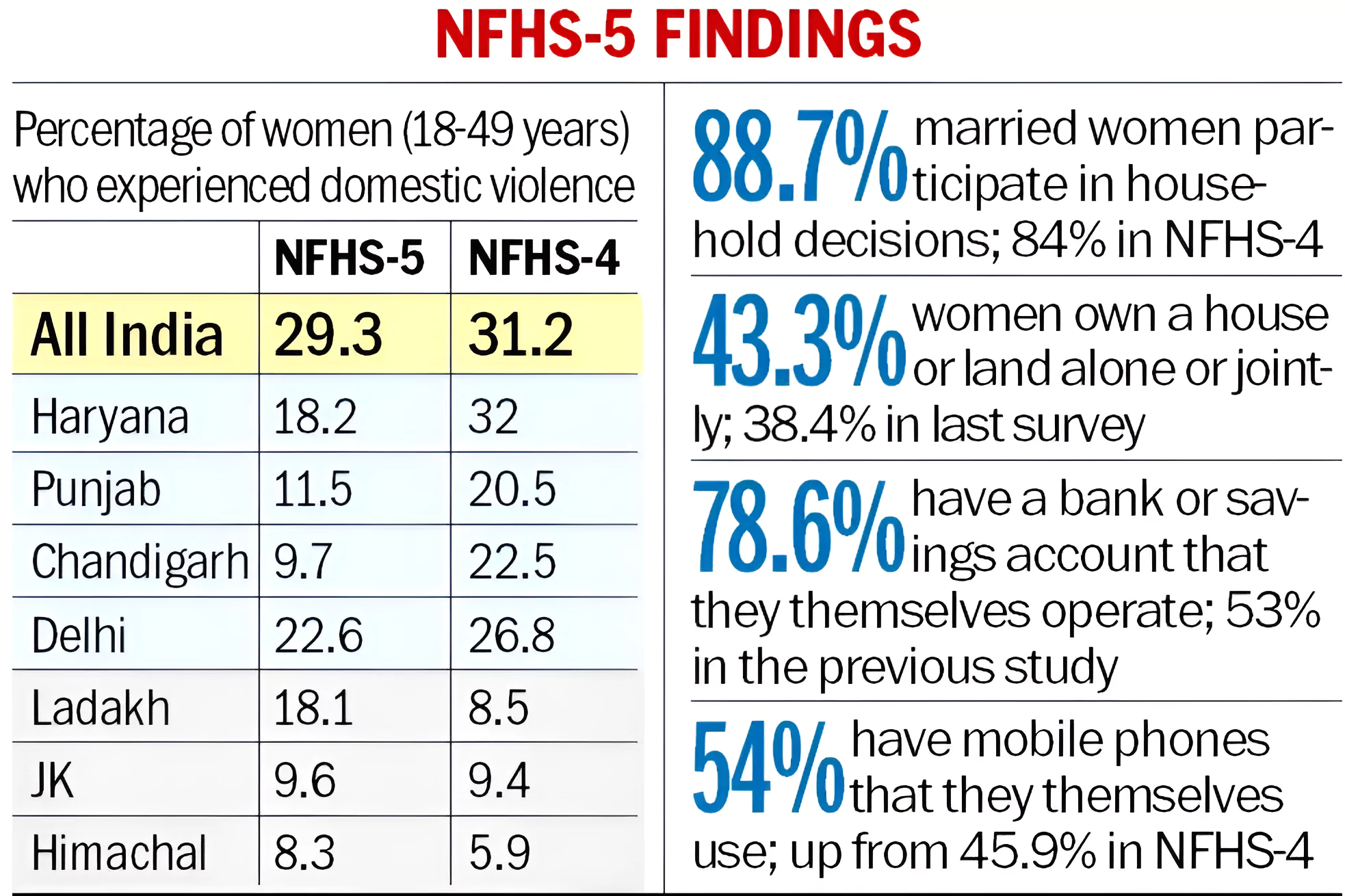
Legislative Framework Addressing Violence Against Women in India
|
|---|
Case Study: Understanding the Interplay of Violence, Mental Health and Homelessness in Women
|
|---|
A woman’s right to live free from violence is upheld by international agreements such as the Convention on the Elimination of All Forms of Discrimination against Women and the 1993 UN Declaration on the Elimination of Violence against Women. There is an urgent need for investments to increase proximal access to mental health care with collective action that can substantively address deep-rooted violence.
| Prelims PYQ (2017):
Which of the following gives ‘Global Gender Gap Index’ ranking to the countries of the world? (a) World Economic Forum (b) UN Human Rights Council (c) UN Women (d) World Health Organization Ans: (a) |
|---|
| Must Read | |
| NCERT Notes For UPSC | UPSC Daily Current Affairs |
| UPSC Blogs | UPSC Daily Editorials |
| Daily Current Affairs Quiz | Daily Main Answer Writing |
| UPSC Mains Previous Year Papers | UPSC Test Series 2024 |
<div class="new-fform">
</div>